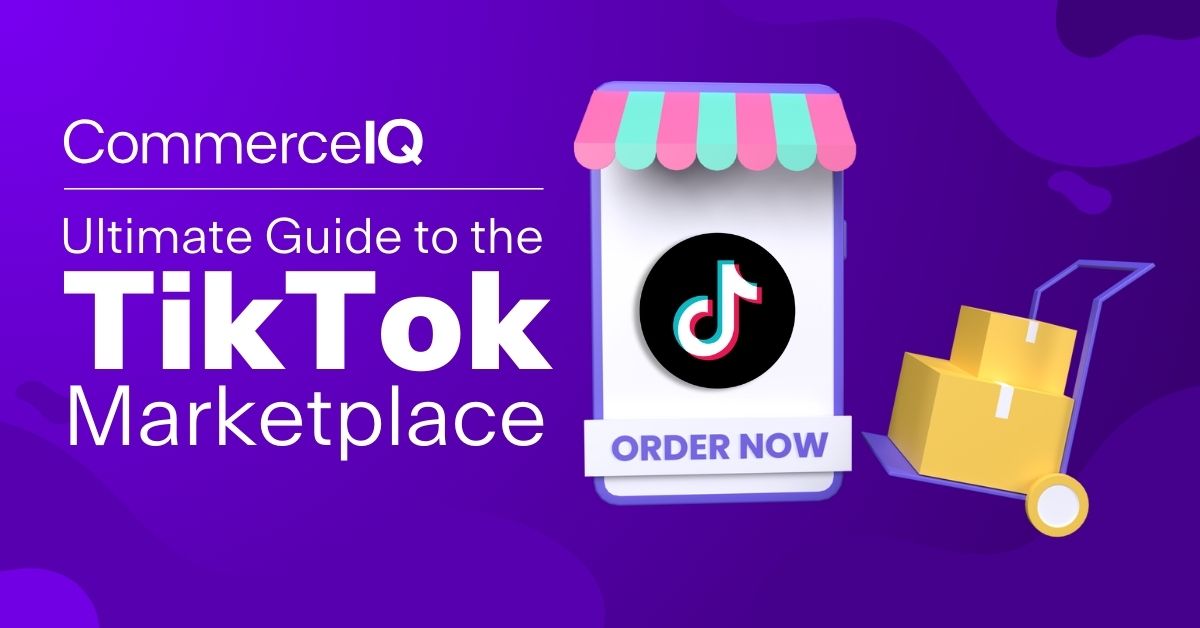
Social commerce is no longer the future—it's the present... Leading this charge is TikTok. With the platform now driving purchases in 11% of U.S. households (Numerator, 2024) and being named the #1 platform for influencing Gen Z buyers (Kantar, 2024), it's clear that TikTok Shop is a critical distribution channel.
For brands, this means TikTok Shop is no longer an optional experiment but a critical distribution channel. This guide will walk you through everything you need to know to successfully set up, manage, and advertise on TikTok Shop.
TikTok Shop is an all-in-one ecommerce platform embedded directly within the TikTok app. It allows creators, brands, and merchants to sell products directly to consumers without them ever leaving the TikTok ecosystem. Users can discover products, watch demos, checkout, and track orders seamlessly.
Getting started is a straightforward, three-step process:
Note: If you had a "Storefront" account before September 12, 2023, it will be disconnected upon TikTok Shop integration.
Your existing product catalog won't transfer automatically. You can upload products individually or in bulk.
For Bulk Upload: Download the product template spreadsheet from the TikTok Seller Center. Key required fields include:
For Single Product Upload: You'll fill out details in four sections: Basic Information, Media, Sales Information, and Shipping/Warranty.
Pro Tip: For the product title, follow TikTok's recommended format for better discoverability:[Brand] + [Product Details] + [Application Scope] + [Product Type] + [Main Features] (Max 80 characters).
How much does it cost? As of October 2025, TikTok charges a 6% marketplace commission and a 3.27% transaction fee for most categories. Promotional programs may have additional costs.
Who handles payments? TikTok manages all payments. Sellers receive settlement 15 calendar days after an order is delivered.
Who handles shipping and fulfillment? You have two options:
What content do you need?
How do ratings and reviews work? Customers can leave ratings (mandatory) and written/media reviews. You can respond to reviews or request removals via a ticket. Negative reviews (1-2 stars) impact your Negative Review Rate (NRR) metric, so quality control is vital. For more on maintaining your brand reputation across channels, explore our guide on Enforce brand standards with 3P controls.
How do you run TikTok Ads? First, ensure your Business Center, Ads Manager, and TikTok accounts are linked. You can then create shoppable ads directly from the Seller Center.
There are two powerful ad types:
You can target users by demographics, interests, behaviors, and create lookalike audiences. To manage complex retail media campaigns across multiple platforms like TikTok, Amazon, and Walmart, a unified platform is key. Learn how our Retail Media Management solution drives incrementality and saves time.
TikTok Shop represents a massive opportunity for brands to connect with a highly-engaged audience. However, managing a new sales channel adds complexity to your ecommerce operations.
This is where CommerceIQ empowers your team. Our unified AI platform helps you optimize your entire digital shelf, from ensuring product listings are compelling and compliant to managing retail media spend efficiently. While we help you win on Amazon, Walmart, and 1,450+ other retailers, the insights and automation we provide are foundational for success on any emerging platform, including TikTok.
Turn insights into impact and scale your social commerce strategy profitably.
Request a Demo to see how CommerceIQ can power your ecommerce growth.
1450+
retailers
100+
mobile apps
59
countries
250+
engineers and
data scientists
CommerceIQ is the only sales-focused, unified platform built specifically for ecommerce—combining sales, media and shelf data with role-specific AI teammates that deliver actionable, commerce-ready insights.
